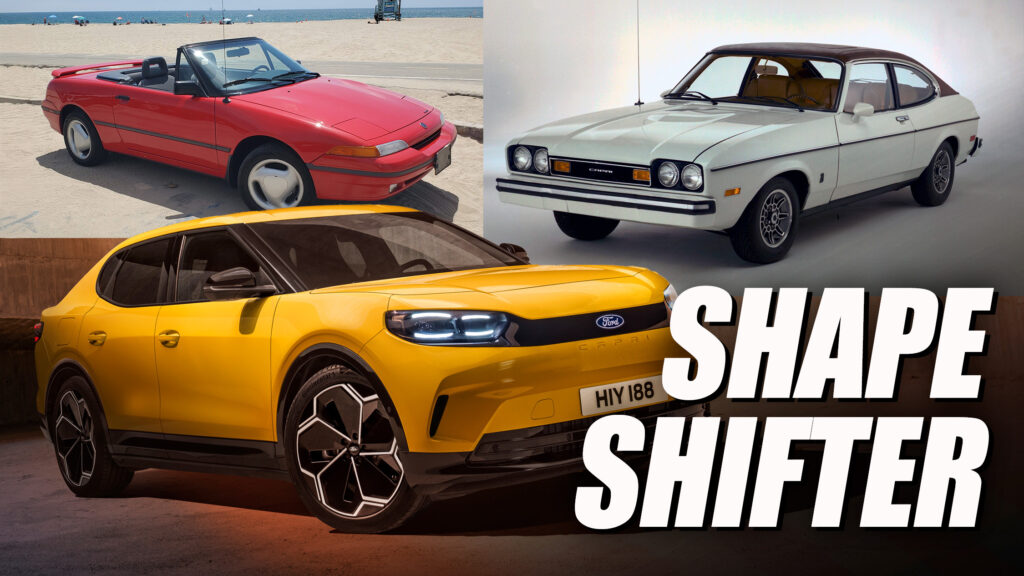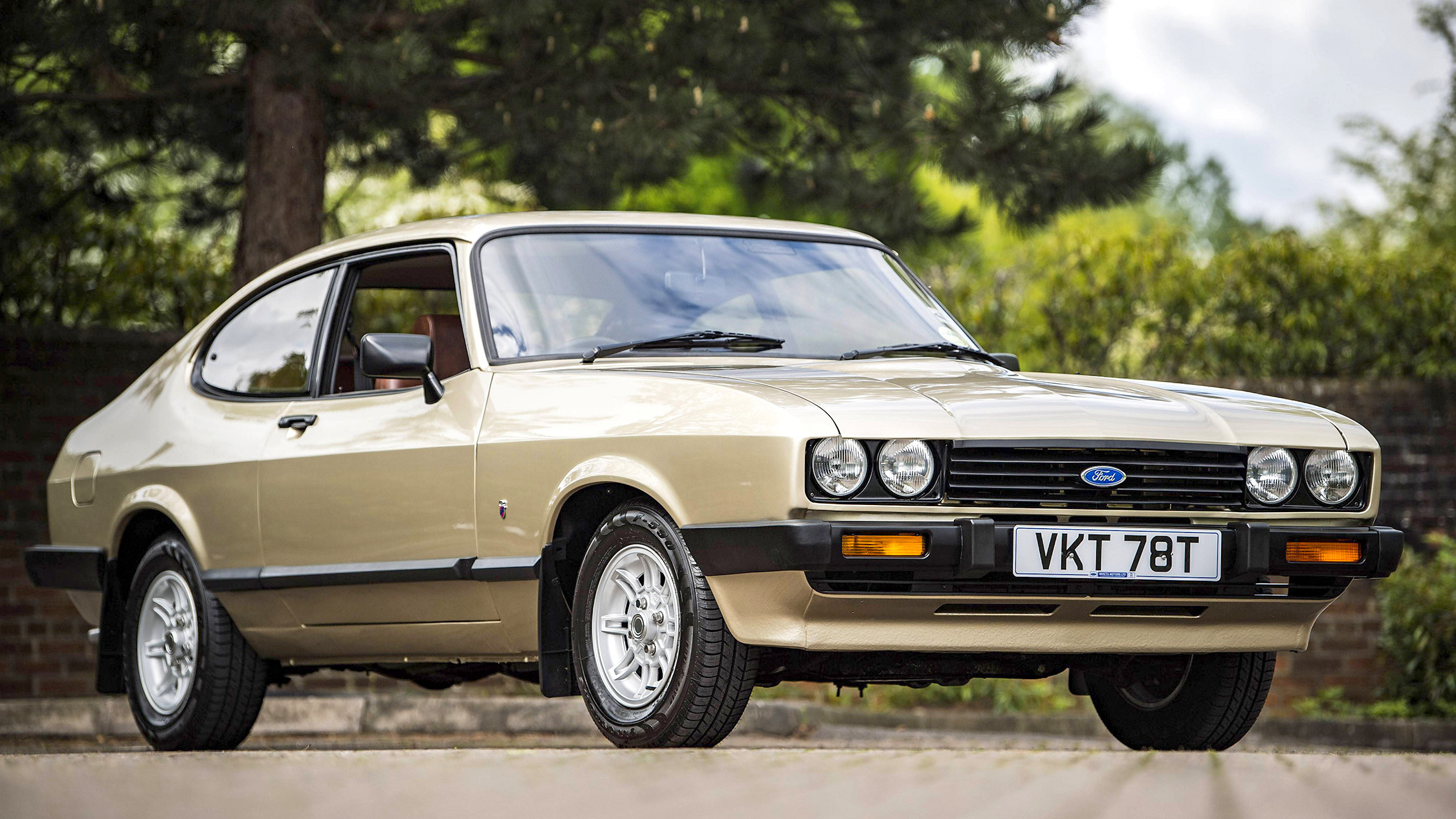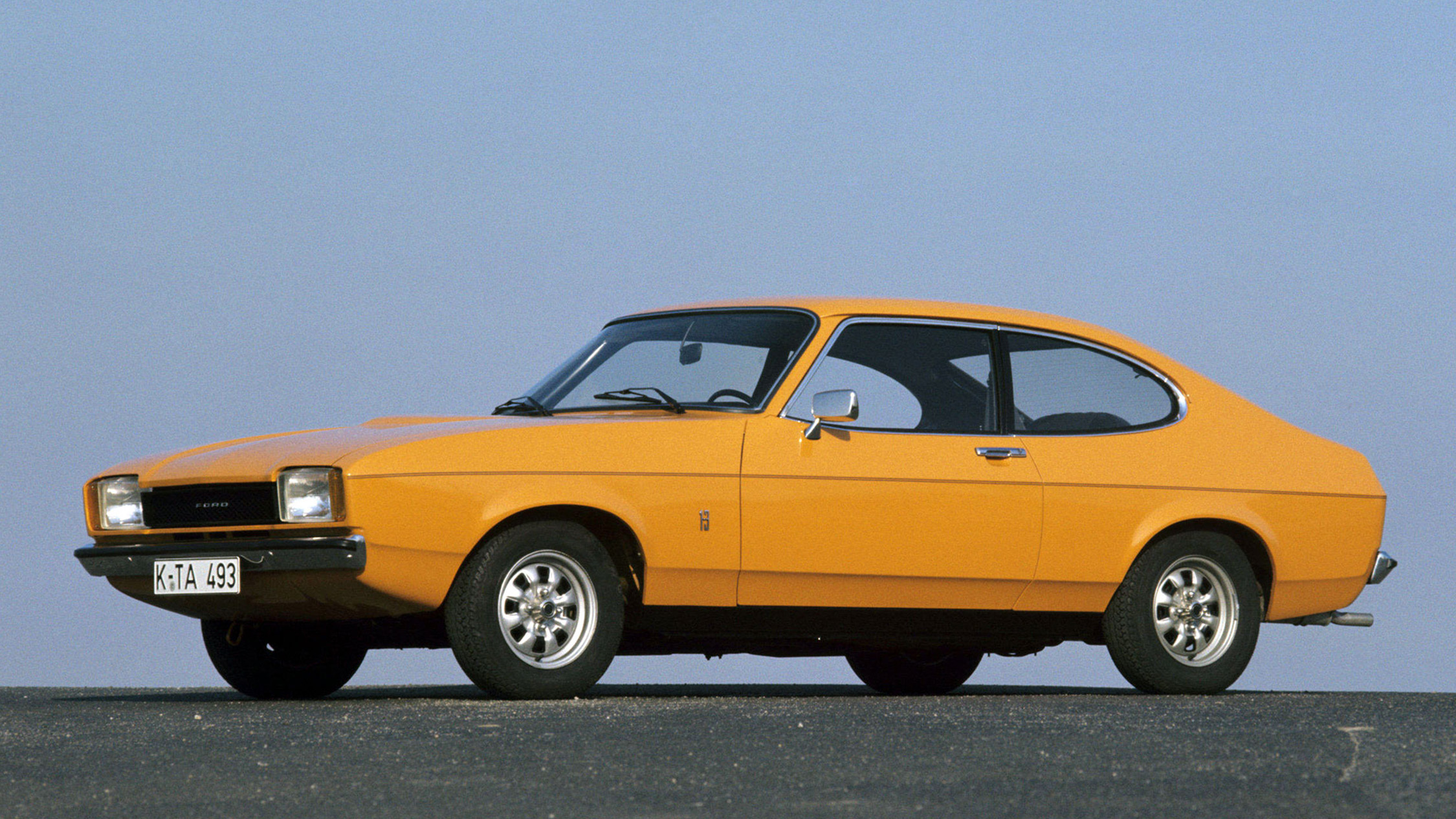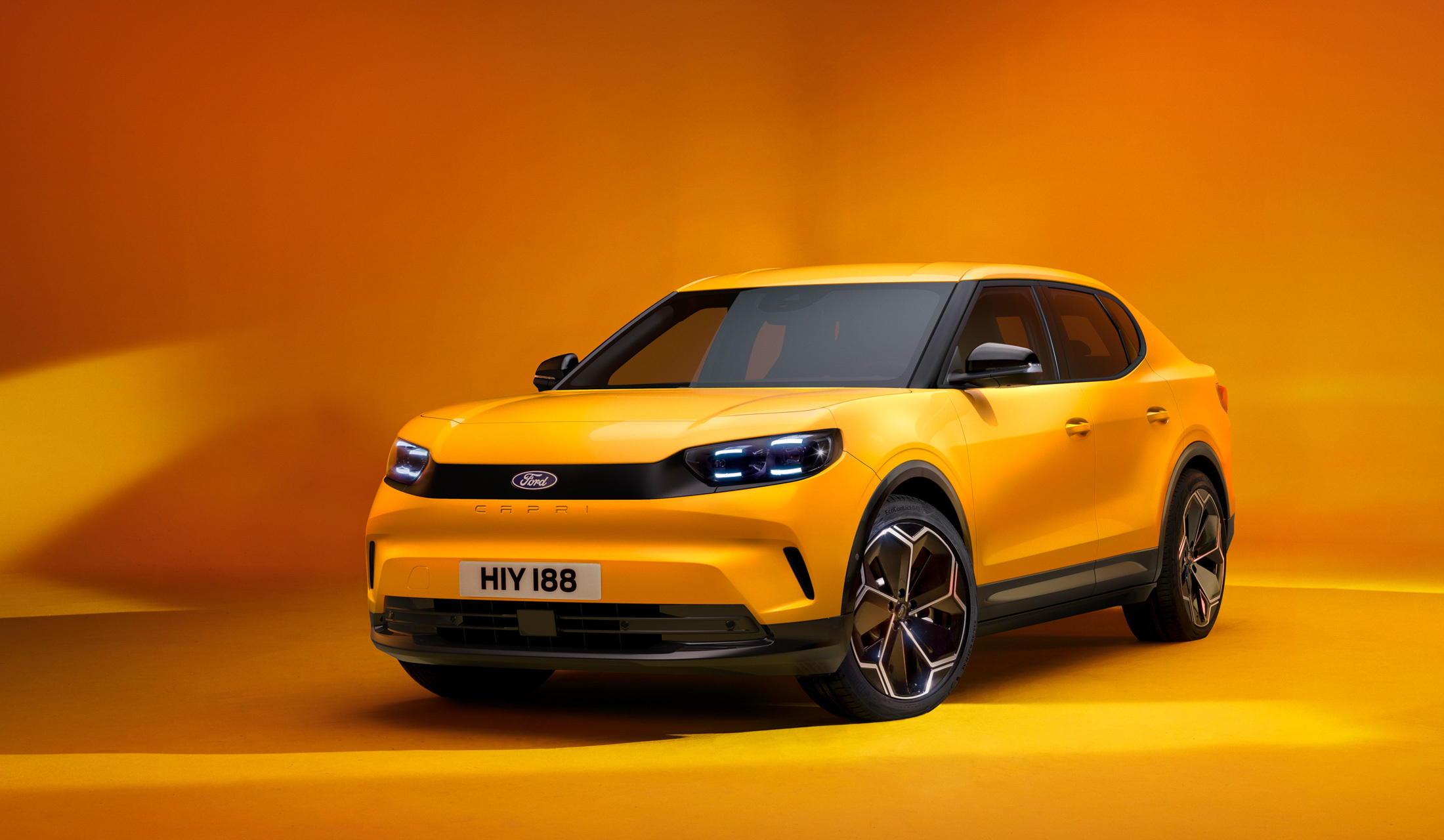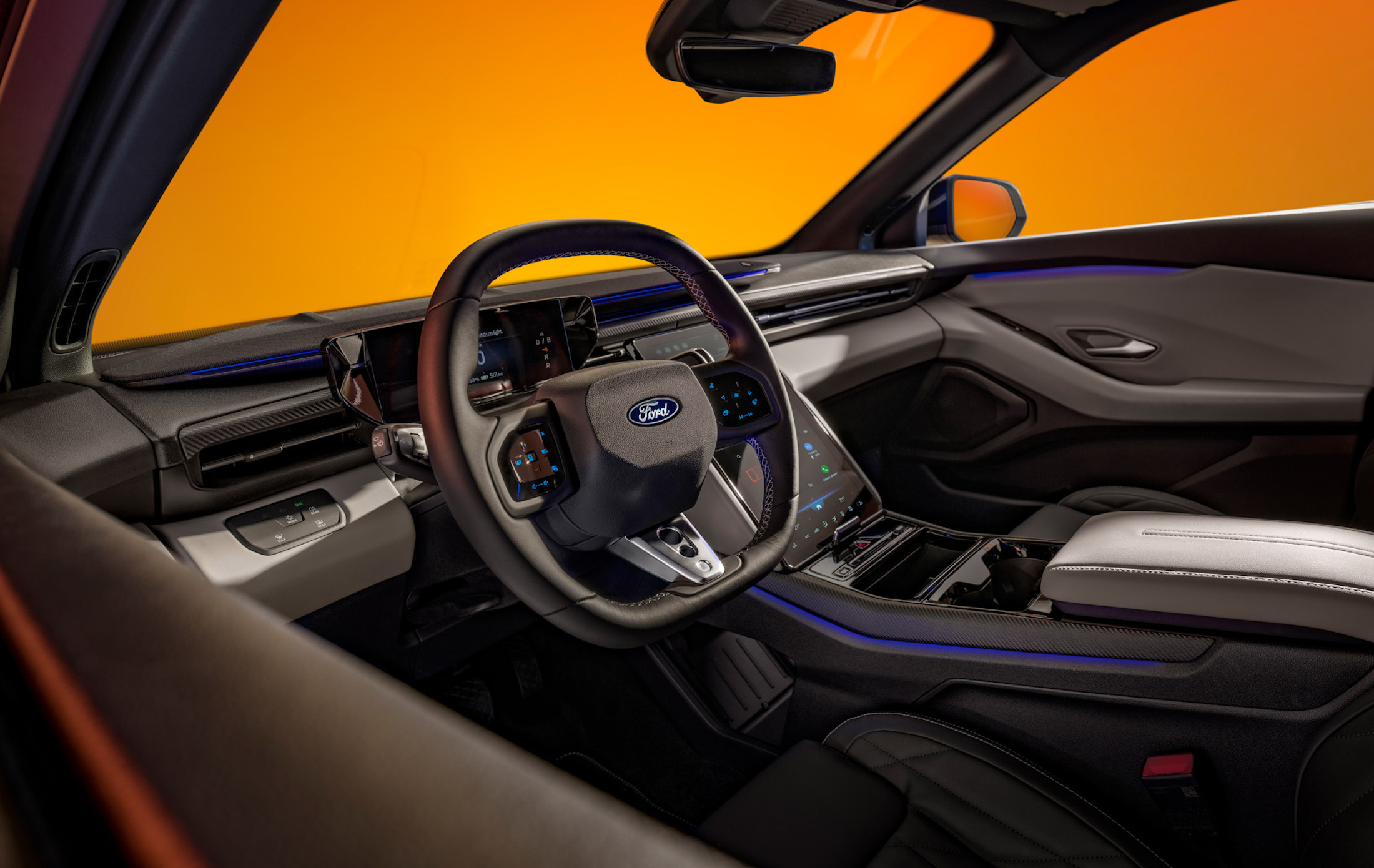Ford of Europe has resurrected the Capri badge for its new electric SUV coupe, and even tried to throw in a few classic Capri design cues like an oval side window to help generate some interest from buyers who remember the original.
More: Ford Capri Reborn As A Coupe Version Of Euro Explorer EV
Except the 1969-86 coupe the new EV is referencing wasn’t Ford’s first Capri, and neither was it the most recent. Because between 1952 and 1994 Ford and its Lincoln and Mercury divisions used the Capri name on more than a dozen different cars around the world. And some of them, like the 2024 EV, even had four doors.
Lincoln Cosmopolitan Capri 1950-51
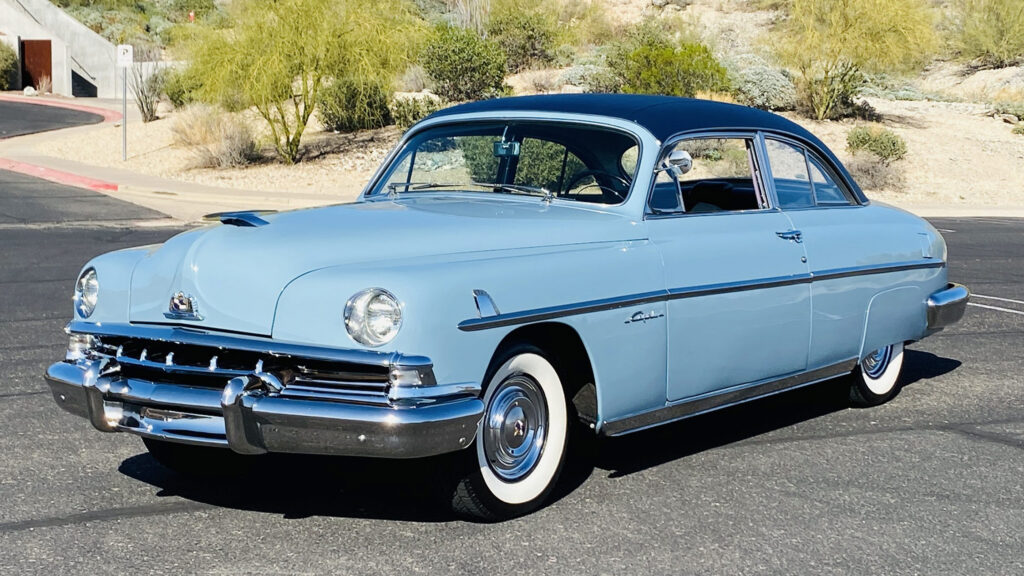
Related: Ford Teases Electric Capri With Bizarre Cryptic Print Ad
Ford’s first use of the Capri badge came in 1952 when the upscale Lincoln division was looking for a name for a new posh trim level on the coupe version of its Cosmopolitan. Sticking with the same worldly theme, it borrowed the name of an Italian island located in the Gulf of Naples.
Lincoln Capri 1952-59
Lincoln made the Capri a model line in its own right for 1952, and this time you could get one as a convertible and even a four-door sedan, not just a hardtop, all powered by Lincoln’s new ohv V8 instead of the previous car’s L-head mill. Capris had genuine sporting credentials, too. They the first four places in the Stock class in the 1952 and ’53 Carrera Panamericana road races, and finished one-two in 1954.
A second-generation car arrived for 1956, though the Capri was moved down in Lincoln’s pecking order, and a third iteration debuted for ’58, by now with a huge 430 cu-in (7.0-liter) engine under the hood. But the badge didn’t make it to 1960.
Ford Consul Capri 1962-64
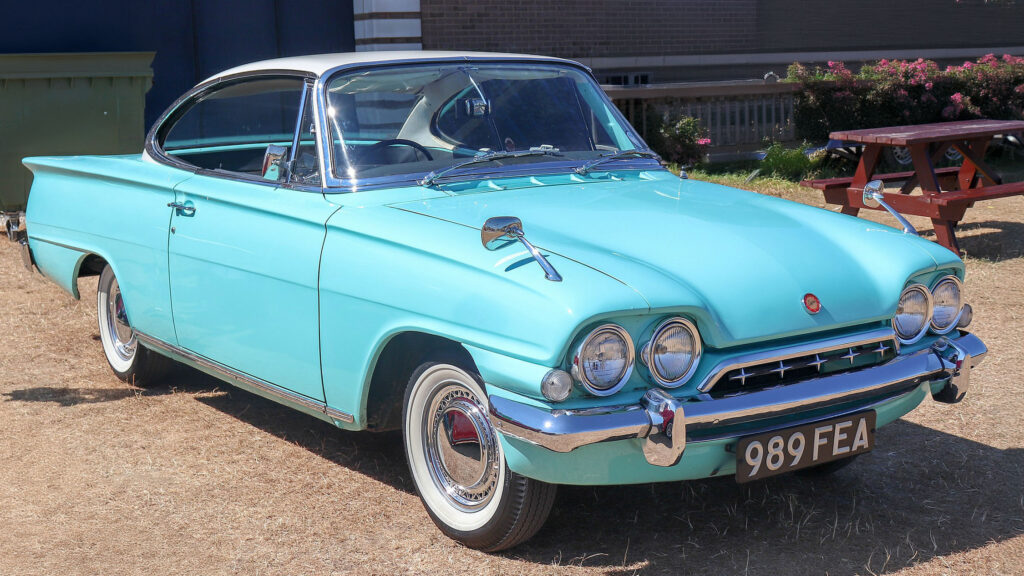
The Capri name lay dormant for three years before popping up again, this time on the other side of the Atlantic, and on a Ford-branded car for the first time. The Ford Consul Capri was a two-door coupe version of the Ford Consul Classic sedan and featured strong American design influences, including mini tailfins and a bubble-style roof.
Unfortunately for European drivers, the American influence didn’t extend to the underhood hardware. The only engine available at launch was a 1,340 cc four with only 57 hp (58 PS), though 1964’s Cosworth-tuned 1.5-liter GT bumped that to a heady 78 hp (79 PS).
Mercury Comet Capri 1966-67
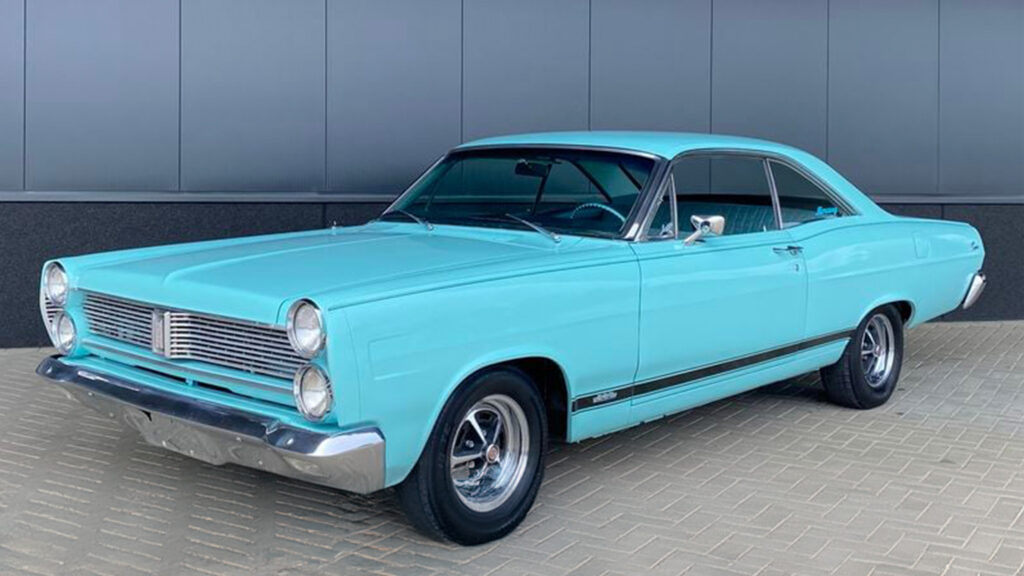
Ford of Europe axed the Capri due to slow sales in 1964, though the Capri badge didn’t have to wait long to be resurrected. But when it did resurface it was only as a mid-range trim level on America’s Mercury Comet, a sister car to the Ford Fairlane.
Ford Capri 1969-86
Now we get to the Capri the new EV is riffing on. Sold in three distinct evolutions, the 1969-86 Capri was Ford’s attempt to replicate the success of the Mustang in Europe. Like the Mustang, the Capri was a sexier version of a fairly ordinary Ford sedan, in this case the MkII Cortina. Base cars came with weedy 1.3-liter engines producing as little as 50 hp (51 PS) some years, but V6 alternatives making up to three times as much power were only an option tick away.
The Capri was a European Touring Car champ in the early 1970s and took top honours in the Deutsche Rennsport Meisterschaft, precursor to today’s DTM series in 1981. It was also a cult hero due to its oversteering appearances on UK TV’s The Professionals, though in later life the Capri name became a bit of a joke due to its association with fictional market trader “Del Boy” Trotter on another show, Only Fools and Horses.
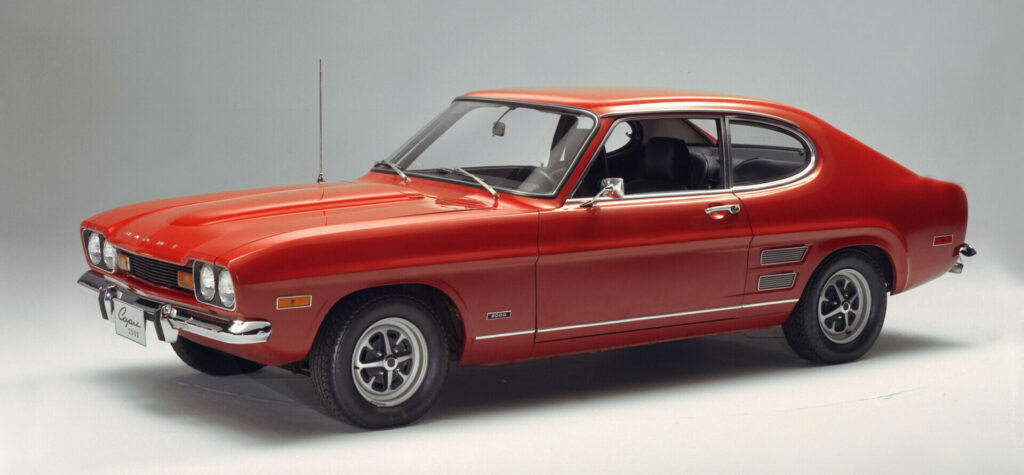
Though the 1969-86 Capri was designed primarily for Europe, it also enjoyed a long and successful sales run in North America. Launched in the US under its own Capri brand, the coupe was later renamed Mercury Capri and lasted until 1978. “We prefer the Capri,” was Road & Track’s January 1974 verdict after driving the heavier, soggier and no-faster Mustang II.
Mercury Capri 1979-86
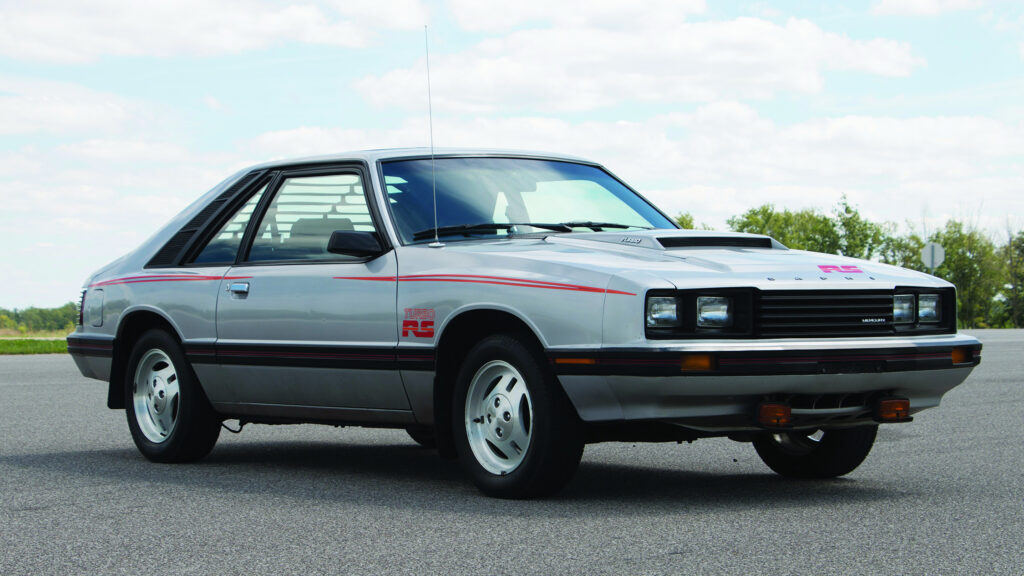
The relatively high price of the imported German Capris helped end its American run, but Mercury dealers weren’t worried. They were getting their own version of the all-new Fox-body Mustang for 1979, Ford having previously considered, then rejected the idea of Mercury-fying the Mustang II.
With their boxy fender flares (the beaky Ford just had flared arch lips) and flatter grilles the Mercury Mustangs arguably looked much better than the real thing. And though the Capri was never offered with an equivalent to the Ford’s turbocharged, four-cylinder SVO or convertible and notchback body options, it did get a unique bubble-back rear hatch design from 1983, and could be optioned with the same V8s as its more famous cousin.
Ford/Mercury Capri 1991-94
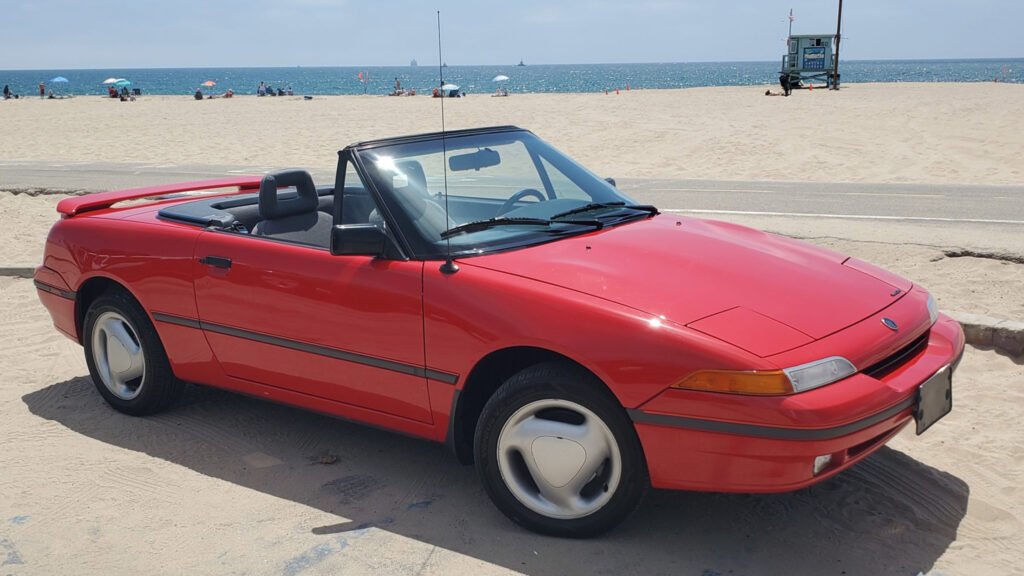
Mercury dropped the Capri in 1986, only to bring the name back yet again five years later, this time on an Australian-built convertible Ford hoped would get it a slice of the affordable roadster market Mazda’s hot new MX-5 had single-handedly brought back to life.
The final generation of Capri before 2024’s EV did in fact contain Mazda DNA, but unfortunately it was not from the Miata, but the 323, so the ’91 Capri was a two-plus-two and front-wheel drive. Base cars came with a 100 hp (101 PS) 1.6 and the performance XR2 added a turbocharger and 32 hp (32 PS). Neither was as good to drive or as popular as the Mazda and production ended in 1994.
Can you think of another nameplate that’s been applied to so many totally distinct models? If you can, drop a comment down below.




